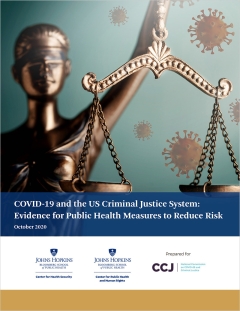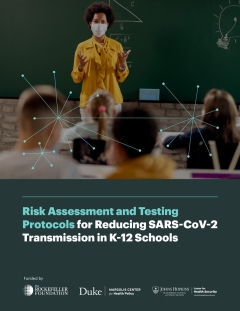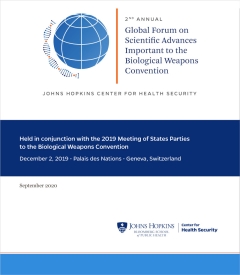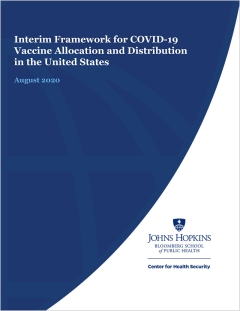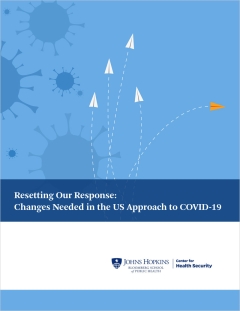In The Lancet, Denis Y Logunov and colleagues from the N F Gamaleya Research Institute of Epidemiology and Microbiology in Russia present findings from two phase 1/2, non-randomised, open-label studies of a heterologous, replication-deficient, recombinant adenovirus vector-based vaccine in both frozen and lyophilised formulations. The researchers enrolled 76 healthy adult volunteers (aged 18–60 years) into the two studies (38 people in each study); 53 (70%) participants were men and 23 (30%) were women. The primary outcome measures of the studies were safety and immunogenicity (antigen-specific humoral immunity). In phase 1 of each three-arm study, two groups of nine volunteers received one dose of either recombinant adenovirus type 26 (rAd26) vector or recombinant adenovirus type 5 (rAd5) vector, both carrying the gene for severe acute respiratory syndrome coronavirus 2 (SARS-CoV-2) spike glycoprotein (rAd26-S and rAd5-S), in lyophilised or frozen form. In phase 2, another group of 20 healthy adult volunteers in each study received sequential doses of rAd26-S followed by rAd5-S of one of the two formulations. Adverse events were mostly mild, with the most common adverse events being pain at injection site (44 [58%]), hyperthermia (38 [50%]), headache (32 [42%]), asthenia (21 [28%]), and muscle and joint pain (18 [24%]). Adverse events occurred at similar frequency for each vaccine vector, with each formulation, and after each dose. Serious adverse events did not arise in this small cohort. Both formulations of the vaccine were immunogenic in all participants, inducing neutralising humoral and cell-mediated responses. In phase 2, 85% of participants had detectable antibodies at 14 days after the priming dose, rising to 100% by day 21, with substantial titre rises after the boosting dose.

